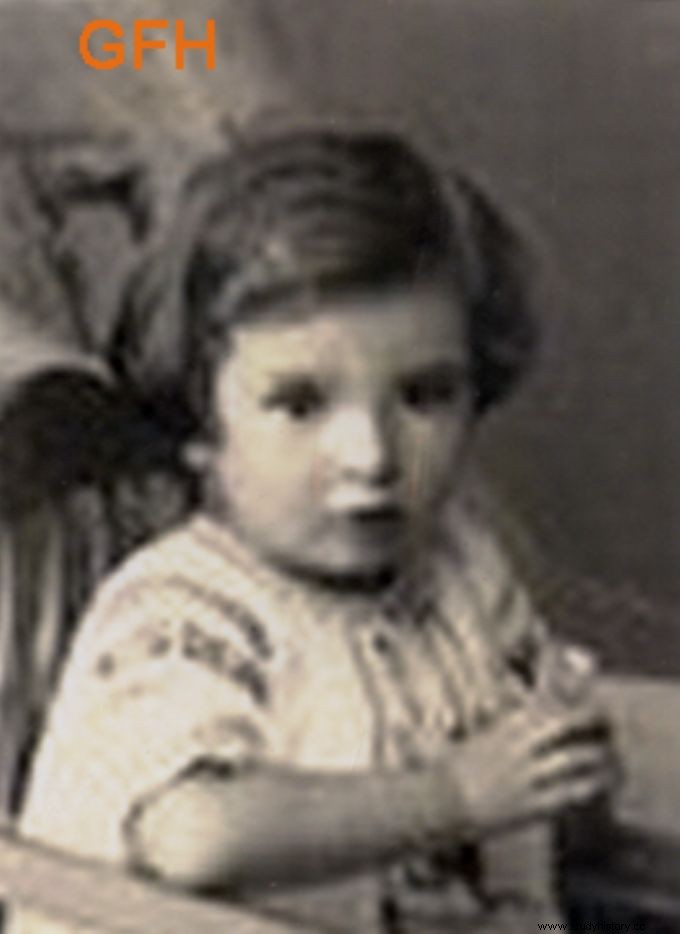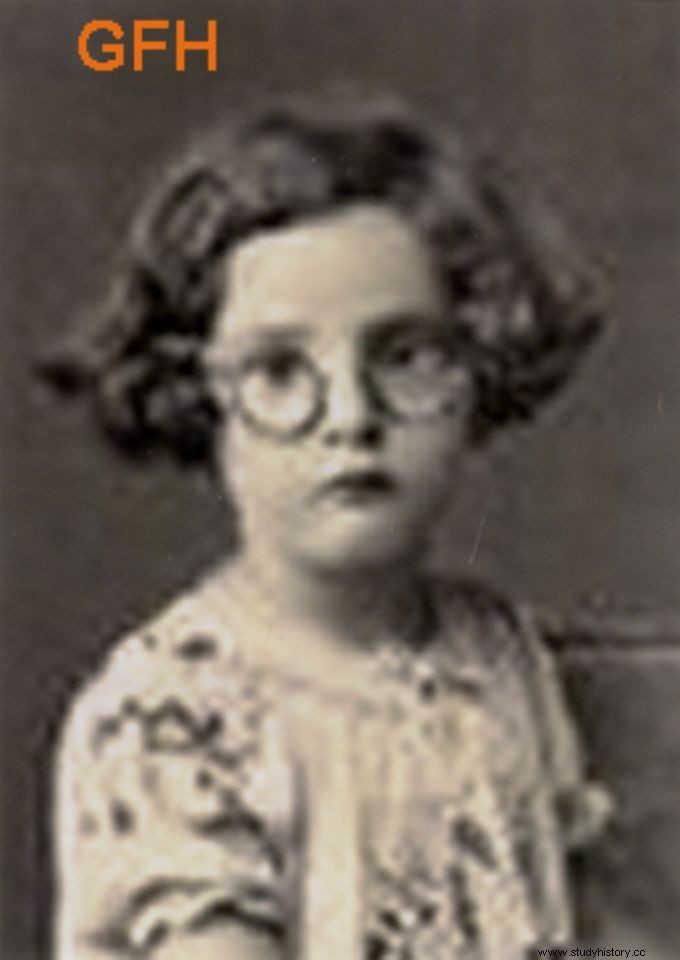There are many testimonies that have come down to us from Nazi barbarism during World War II, but when the protagonists are children, like the sisters Eva and Kitty , the stories intensify and make us doubt the human condition of their executioners.
At the Munich conference 1938, Germany recovered the Sudetenland (border area with Czechoslovakia) with the consent of France and Great Britain. The incorporation of the bordering Czechoslovak territories into Nazi Germany would leave the rest of the country unable to resist the subsequent occupation. In the city of Brno (Czechoslovakia), the Brunner couple lived with their daughters Kitty and Eve , 7 and 5 years old respectively. The persecution of the Jews - the Brunners were - forced them to flee. Unfortunately, and I would say incomprehensibly, they only got two visas and the parents used them to flee to Palestine, under a British mandate at the time. The girls were left in the care of a relative... who had to leave them in an orphanage in Brno when she had to flee to him .
 Eve |
Kitty |
On March 19, 1942, Kitty and Eva were taken to the camp-ghetto of Theresienstadt (Czechoslovakia), today Terezín. This camp was used by Nazi propaganda to sell it abroad as a colony where Jews were resettled (a film/documentary titled Der Führer schenkt den Juden eine Stadt was even shot in Theresienstadt , "The Führer gives a city to the Jews"). In June 1944 a delegation from the International Committee of the Red Cross was allowed to visit the camp…previously cleaned up and its occupants instructed on what to say and do. The girls' only consolation during their days in the field was the crayons they never parted with. For months, they decorated the corners of the camp with their colorful paintings:flowers, butterflies, trees, clouds... Initially, those paintings amused those in charge of the camp and allowed Kitty and Eva to avoid their deportation to the concentration camps. extermination, until on May 18, 1944 (one month before the Red Cross visit) the girls were sent to Auschwitz. They entered the gas chambers hand in hand. I've always said that it's a mistake to judge history, but there are cases, like this one, where it's hard not to.
Fragment of the film Der Führer schenkt den Juden eine Stadt

